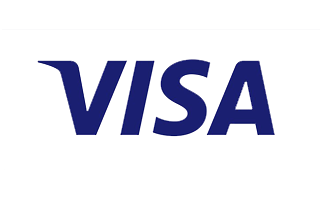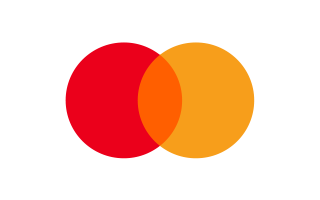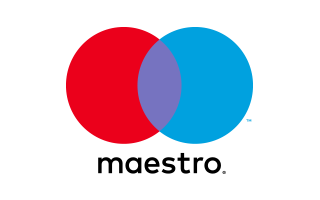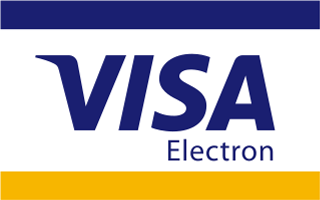Tips To Help Natural Hair Growth Under Extensions
Hair extensions have long been a popular choice for those seeking to add length, volume, or a pop of color to their hair. However, there are many misconceptions surrounding the use of hair extensions, leading some to shy away from them due to fear of damage or other negative consequences. One common misconception is that hair extensions will cause permanent damage to natural hair and prevent it from growing.
Over the past five years, my experience working with numerous professional hairstylists has allowed me to witness the healthy hair growth of countless clients. This has sparked my interest in exploring the secrets of natural hair growth and the role of hair extensions in promoting it.
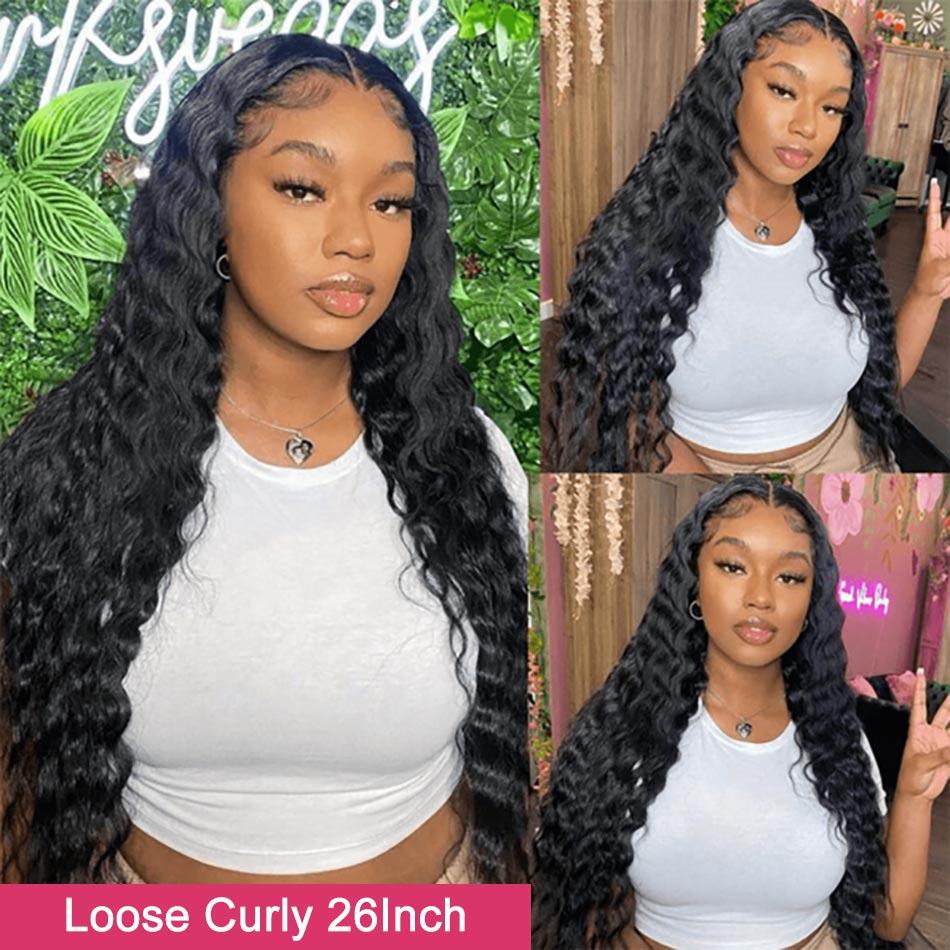
Know The Reasons: Why Your Hair Won’t Grow
Hair growth is a complex process involving multiple stages. Here are the four stages of hair growth:
- Anagen (Growth Phase): This is the active phase where hair grows continuously.
- Catagen (Transition Phase): The hair stops growing and detaches from the blood supply.
- Telogen (Resting Phase): Hair does not grow but stays attached to the follicle.
- Exogen (Shedding Phase): Old hair falls out, and new hair begins to grow.
Hair growth is influenced by various factors, including age, genetics, diet, stress, sleep, hormonal imbalances, wrong products used, hair styling damage, and medical conditions.
Genetics
Genetics play a significant role in determining the length and thickness of hair. However, other factors can impact hair growth.
Age
Similar to genetics, age is an irreversible factor affecting hair growth. Hair grows best during adulthood, typically before the age of 40. After 40, hair starts shedding more, and pattern baldness may occur, leading to permanent hair loss.
Unhealthy Diet Habits
Nutritional deficiencies, such as a lack of protein, iron, or vitamins, can lead to weak and brittle hair, resulting in breakage and stunted growth.
Stress and Hormonal Imbalances
Stress and hormonal imbalances can cause hair loss and hinder hair growth.
Lack of Sleep
Sleep is crucial for healthy hair growth as it allows the body to repair and regenerate cells, including hair cells.
Medical Conditions
Conditions such as alopecia and thyroid disorders can also impact hair growth.
Excessive Heat Styling
Excessive use of heat styling tools and unsuitable hair products can cause tangling, hair loss, and other issues affecting hair growth.
Why Hair Extensions Protect Your Natural Hair
In one of our previous blogs, we discussed the main factors causing hair damage. Hair extensions play a crucial role in protecting your natural hair from damage and promoting healthy growth. Acting as a barrier, they shield your hair strands from heat-styling tools, harsh chemicals, sun exposure, and pollution. Additionally, extensions provide an extra layer of support, preventing breakage and reducing tension on your roots. Proper installation ensures weight distribution, minimizing hair loss. By giving your natural hair a break from excessive styling, extensions allow it to recover and grow without unnecessary stress.
How to Protect Your Natural Hair Under Extensions
Install Hair Extensions Properly
Extensions themselves won’t cause any hair damage, but improperly installed hair extensions can cause a variety of problems. Incorrect wash and care habits can also damage your hair. If you are trying a new type of hair extension for the first time, consult professional hairstylists or vendors for advice on choosing and installing extensions. Learn how to wear and care for them through online tutorials to ensure proper usage and protection of your hair's healthy growth and to extend the product's lifespan.
Step-by-Step Tutorials for Installing Hair Extensions
1. Hair Weave Extensions
Materials Needed:
- Hair weave extensions
- Needle and thread (matching your hair color)
- Rat-tail comb
- Clips
Steps:
Step 1: Prepare Your Hair:
Wash and condition your natural hair. Dry it completely and detangle it using a wide-tooth comb.
Step 2: Braid Your Hair:
Create cornrows by parting your hair into sections. Use a rat-tail comb for precise parting and braid each section close to your scalp.
Step 3: Sew In the Weave:
Thread your needle with the thread. Starting from the nape of your neck, sew the weave onto the cornrows. Secure each weft with a knot. Continue this process until all tracks are sewn in.
Step 4: Cut and Style:
Once all wefts are sewn in, cut any excess thread and style your extensions as desired.
2. Clip-In Hair Extensions

Materials Needed:
- Clip-in hair extensions
- Rat-tail comb
- Hair clips
Steps:
Step 1: Section Your Hair:
Part your hair horizontally starting from the nape of your neck. Use hair clips to hold the rest of your hair out of the way.
Step 2: Attach the Extensions:
Open the clips on the extensions. Attach the weft to your natural hair, starting from the bottom and working your way up. Press the clips firmly to ensure they are secure.
Step 3: Blend and Style:
Once all extensions are clipped in, blend them with your natural hair using a comb or brush. Style as desired.
3. Tape-In Hair Extensions

Materials Needed:
- Tape-in hair extensions
- Rat-tail comb
- Flat iron
Steps:
Step 1: Part Your Hair:
Create a horizontal part at the nape of your neck. Use clips to hold the rest of your hair out of the way.
Step 2: Apply the Extensions:
Remove the backing from the tape and place the extension on a small section of your natural hair, close to the scalp. Sandwich your hair between two tape wefts. Press firmly.
Step 3: Heat to Secure:
Use a flat iron on low heat to seal the tape bonds. Move up in sections, repeating the process until all desired areas are covered.
4. I-Tip Hair Extensions
Materials Needed:
- I-tip hair extensions
- Microbeads or micro rings
- Rat-tail comb
- Loop tool
- Hair clips
- Flat iron (optional)
Steps:
Step 1: Section Your Hair:
Create a horizontal part at the nape of your neck. Use hair clips to secure the rest of your hair out of the way.
Step 2: Prepare the Extensions:
Thread the loop tool through a microbead and slide it onto a small section of your natural hair close to the scalp.
Step 3: Insert the I-Tip:
Insert the I-tip extension into the microbead.
Step 4: Secure the Bead:
Use pliers to flatten the microbead, securing the extension to your natural hair.
Step 5: Move Upward:
Move up in sections, repeating the process until all desired areas are covered. You can use a flat iron on low heat to gently smooth out the extensions, if desired.
Keep Scalp Healthy
Wash your hair regularly (1 or 2 times a week). Avoid overwashing and ensure you do not skip deep conditioning to keep your hair moist. Use a clarifying shampoo to remove product buildup every 1 or 2 weeks.
Use Gentle Hair Products
Avoid harsh hair products that can strip the scalp of its natural oils. Look for products that are gentle and free of harsh chemicals like sulfates and alcohol.
Avoid Excessive Heat Styling and Tight Hairstyles
Excessive heat styling can damage the scalp and hair, leading to dryness, itchiness, and irritation. Limit your use of heat styling tools or use a lower heat setting. Tight hairstyles, such as locs, braids, and twists, may cause tension on the scalp, leading to irritation and hair loss. Wear your hair in looser styles or take breaks from tight hairstyles.
Sleep with a Loose Hairstyle
Loose braiding your long natural hair in a silk bonnet reduces friction and maximizes protection from tangling. Sleep on a silk pillowcase to avoid hair friction. You can also wear a scarf or a loose braid.
How to Maximize Natural Hair Growth Under Extensions
Choose High-Quality and Well-Fitted Hair Extensions
To promote healthy and natural hair growth while wearing extensions, choose a high-quality hair extension product that suits your hair type and lifestyle. Here are some tips to help you make the right choice:
- Consider Your Hair Texture:
- For fine hair, choose lightweight extensions that won't weigh your hair down.
- For thicker hair, opt for heavier extensions.
- Choose the Right Material and Construction:
- Human hair extensions are generally of the highest quality but are more expensive.
- Synthetic fibers can be a good budget-friendly option.
- Look for well-constructed extensions with a natural-looking hairline and avoid visible clips or attachment points.
- Match the Color:
- Match the color of your extensions to your natural hair color as closely as possible.
- Consider a color consultation with a professional stylist.
- Consider the Length and Thickness:
- Ensure the extensions are the right length and thickness for your hair.
- Extensions that are too long or thick can look unnatural and be difficult to style.
- Consult a Professional:
- If unsure about which extensions to choose, consult a professional stylist or the seller.
- Consider Your Lifestyle:
- Different professions have different hairstyle requirements.
- Clip-ins are the easiest to install and remove, suitable for those who frequently change hairstyles or have busy schedules.
Nutritional Diet
Eating a healthy diet rich in vitamins, minerals, and proteins promotes hair growth. Foods rich in omega-3 fatty acids, zinc, and biotin, such as salmon, walnuts, and eggs, are particularly good for hair growth.
Ensure Adequate Sleep
Lack of sleep can lead to hair loss and breakage. Prioritize getting enough sleep daily to maintain healthy hair.
Use Nourishing Scalp Serum or Essential Oils
A scalp serum can help nourish and moisturize the scalp, promoting healthy hair growth. Look for serums containing ingredients like tea tree oil, coconut oil, or jojoba oil. Apply a small amount to a section of your scalp to see how it reacts before using it on your entire scalp.
Scalp Massage
Massaging your scalp increases blood flow and promotes healthy hair growth. Use a scalp massager or your fingertips to massage your scalp in circular motions.
Regular Exercise
Like scalp massage, regular exercise improves blood flow to the scalp, facilitating nutrient delivery to hair follicles and promoting faster hair growth. Increase circulation through physical activities like yoga, jogging, dancing, and sports.
Now that you've mastered the secrets to maximizing natural hair growth under extensions, embrace your hair beauty from now on!
Conclusion:
Wearing hair extensions doesn't have to be a barrier to natural hair growth. By understanding the science behind hair growth and adopting healthy hair care practices, you can protect your natural hair while enjoying the benefits of extensions. Choose high-quality extensions that suit your hair type, install them properly, and maintain a healthy lifestyle to promote natural hair growth.
For premium quality human hair extensions and wigs that cater to the unique needs of black women, visit ElfinHair.com. Elevate your hair game with our top-notch products and embrace your natural beauty with confidence.
Related Articles:
7 Simple Half Braid Hairstyles with Extensions
Top 10 Trending Hair Colors For Black Women 2024

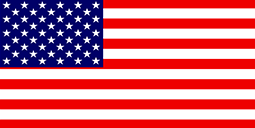 USD
USD EUR
EUR GBP
GBP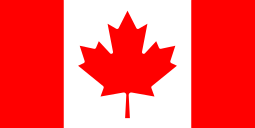 CAD
CAD AUD
AUD



